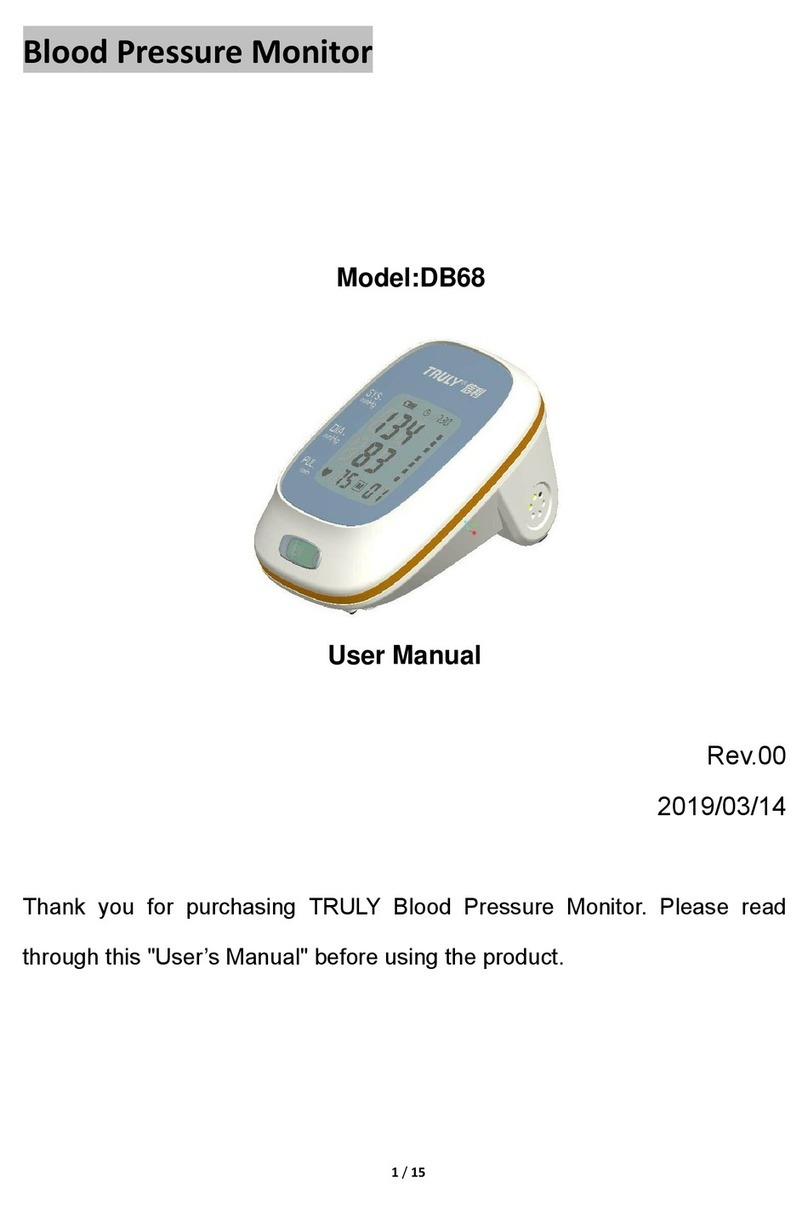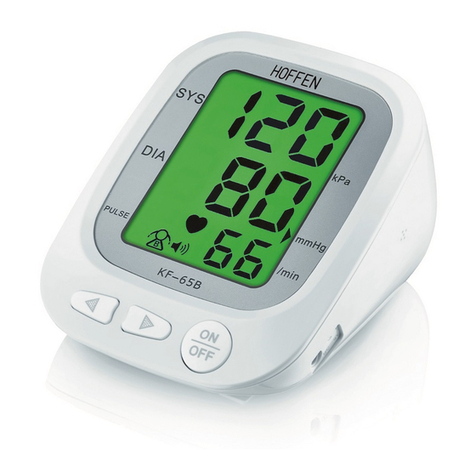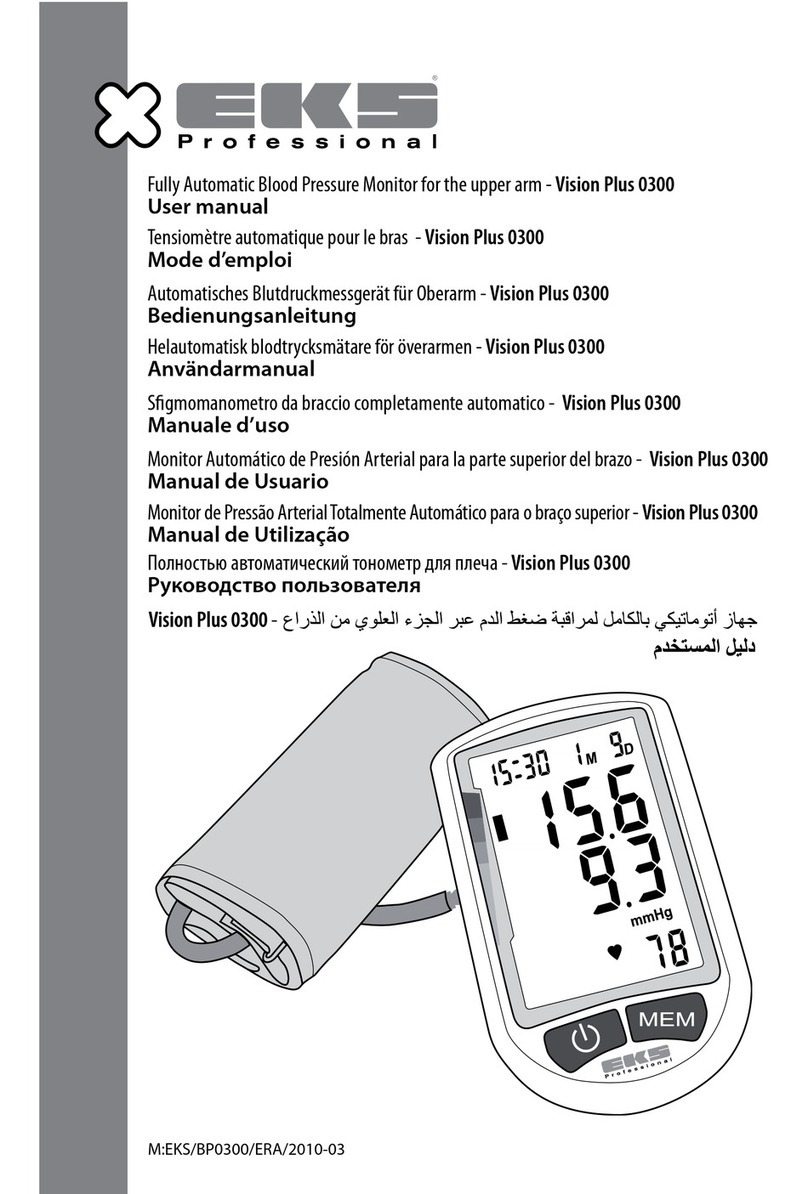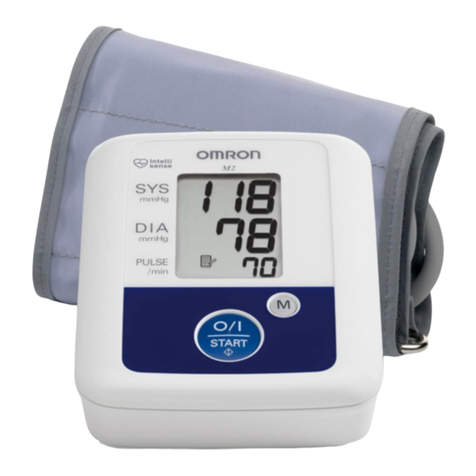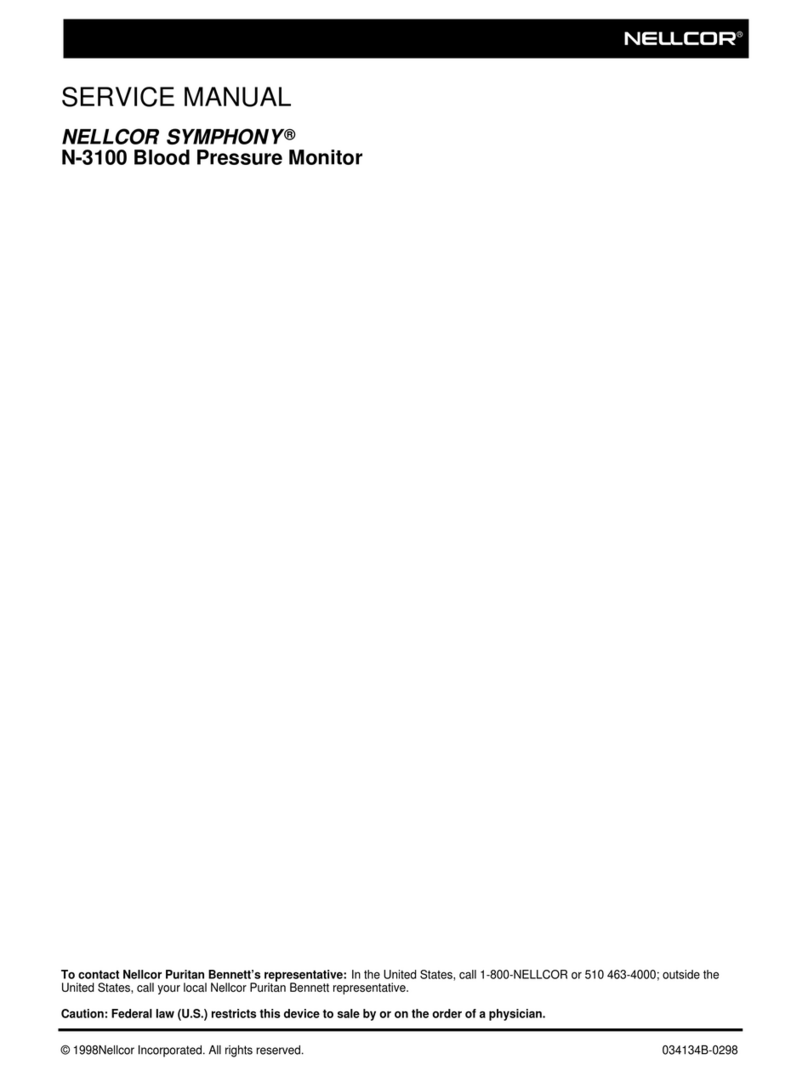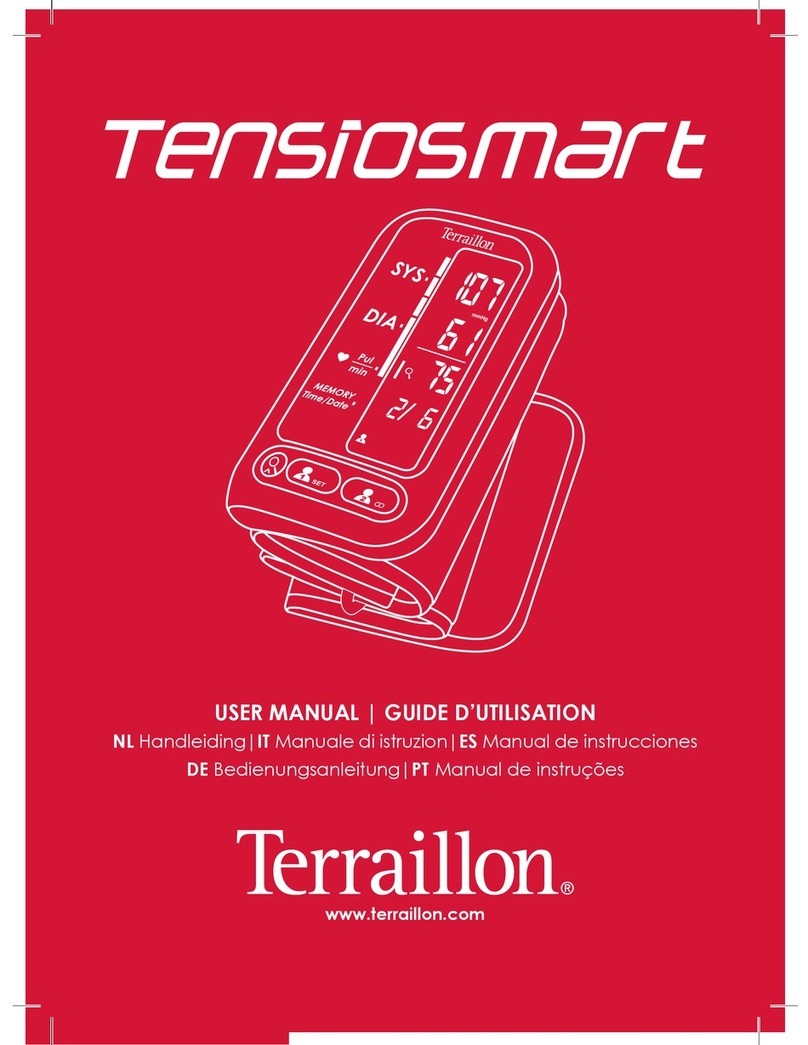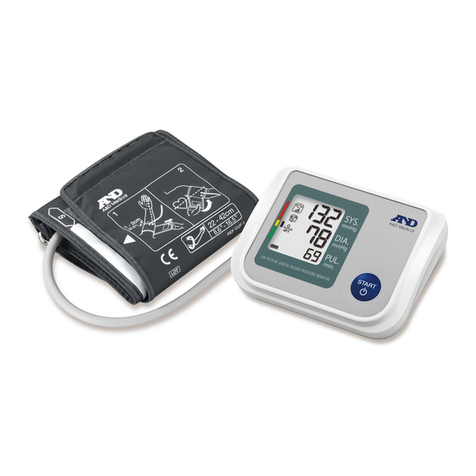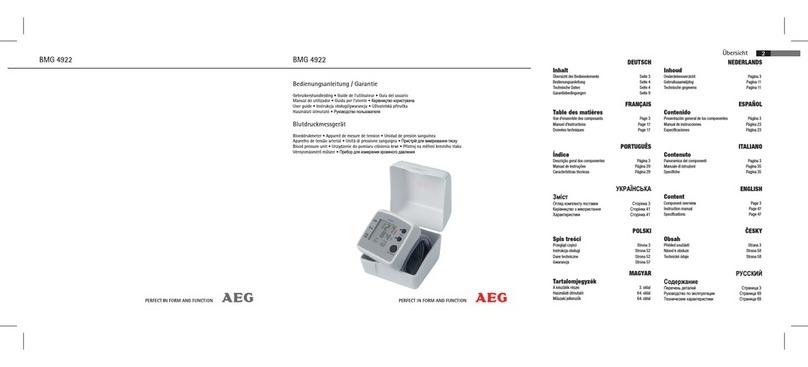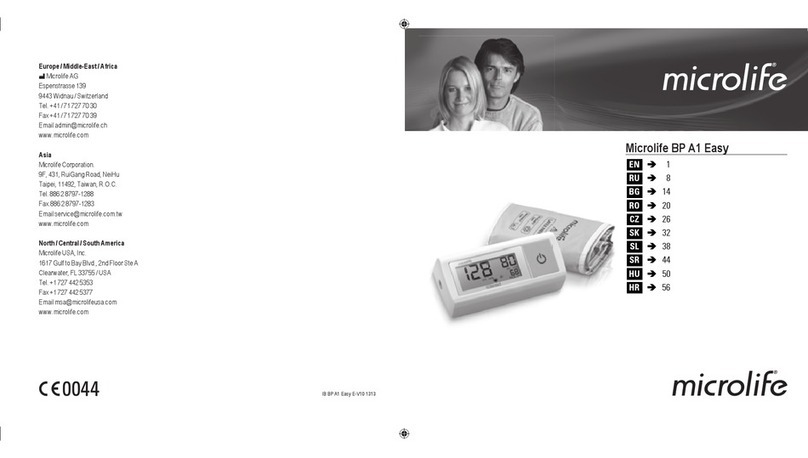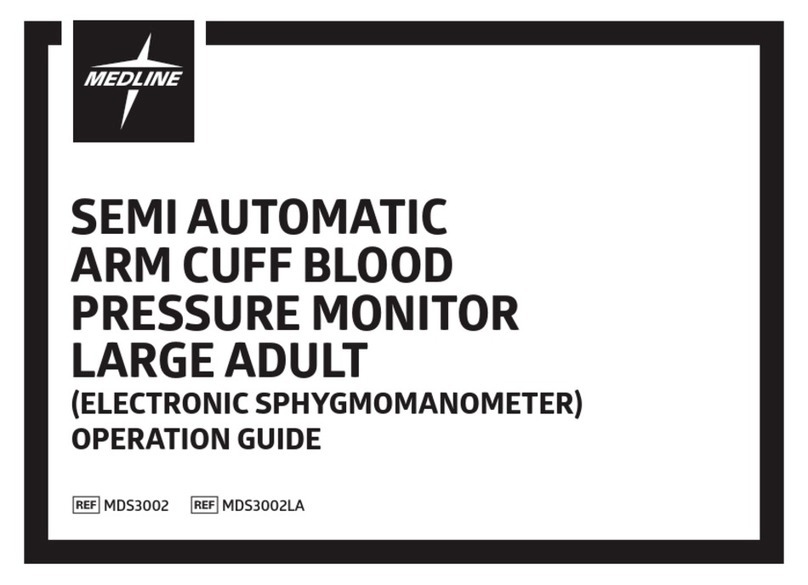
4
Introduction to Ambulatory Blood Pressure Monitoring
The rationale for using ambulatory blood pressure monitoring (ABPM) is based upon the enormous
variability of a person’s blood pressure over time. A traditional view is that adverse effects of blood
pressure (BP) on the circulatory system depend on the average level of pressure over time.
However, scientific evidence and sound theoretical reasons support multiple measurements of BP
as better predictors of pressure-related clinical outcomes than single measurements. “In every
study in which Ambulatory Blood Pressure Monitoring has been compared with casual blood
pressure measurements, ABP has proved superior in predicting either target organ damage,
morbid events,” or cardiovascular risk.1,2,3
Casual blood pressure measurements taken in a doctor's office or clinic or by patients themselves
are not representative of blood pressure readings throughout the 24-hour day. “Several clinical
problems are better elucidated by ABPM than by casual readings. These include borderline
hypertension with target organ involvement; “resistant” hypertension; episodic hypertension;
“office” or “white coat” hypertension and evaluation of episodic hypotensive symptoms.”4
Ambulatory blood pressure monitoring provides an accepted clinical tool for collecting multiple BP
measurements to better assist clinicians with diagnosis and management of hypertension. The
data obtained from ambulatory blood pressure monitors is highly accurate and useful for managing
a wide variety of hypertensive situations including:
•Borderline hypertension
•White coat hypertension
•Resistant hypertension
•Episodic hypertension and/or anxiety disorders
•Hypertension during pregnancy
•Childhood hypertension
•Efficacy of anti-hypertensive drug therapy on a 24 hour basis
•Changes in diet and daily routine designed to reduce hypertension
•Hypotensive symptoms
•Clinical trials of pharmaceutical agents, especially anti-hypertensive agents
•Nocturnal hypertension
________________________
1. Pickering, T. G. et al. “What is the role of ambulatory blood pressure monitoring in the management of hypertensive patients?”
Hypertension 7.2 (1985): 171-77.
2. Mansoor, G. A. and B. M. Massie. “Left ventricular hypertrophy: a potent cardiovascular risk factor and its relationship to office and
ambulatory blood pressure.” Blood Press Monitor. 4 Suppl 1 (1999): S19-S22.
3. White, W. B. “Ambulatory blood pressure as a predictor of target organ disease and outcome in the hypertensive patient.” Blood
Press Monit. 4.3-4 (1999): 181-84.
4. National High Blood Pressure Education Program (NHBPEP) Working Group on Ambulatory Blood Pressure Monitoring. National
High Blood Pressure Education Program (NHBPEP) Working Group report on ambulatory blood pressure monitoring. NIH
publication; no. 90-3028, -21. 2002. Bethesda, MD., U.S. Dept. of Health and Human Services, National Institutes of Health,
National Heart, Lung, and Blood Institute. 1990.












